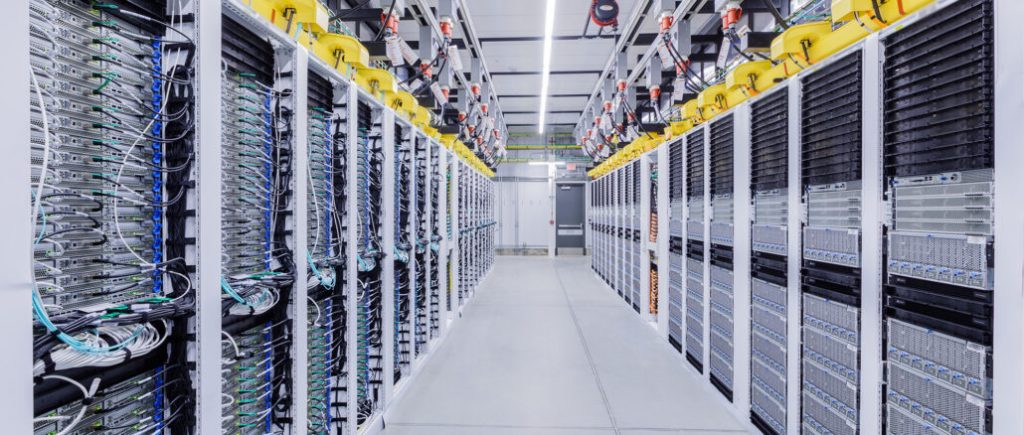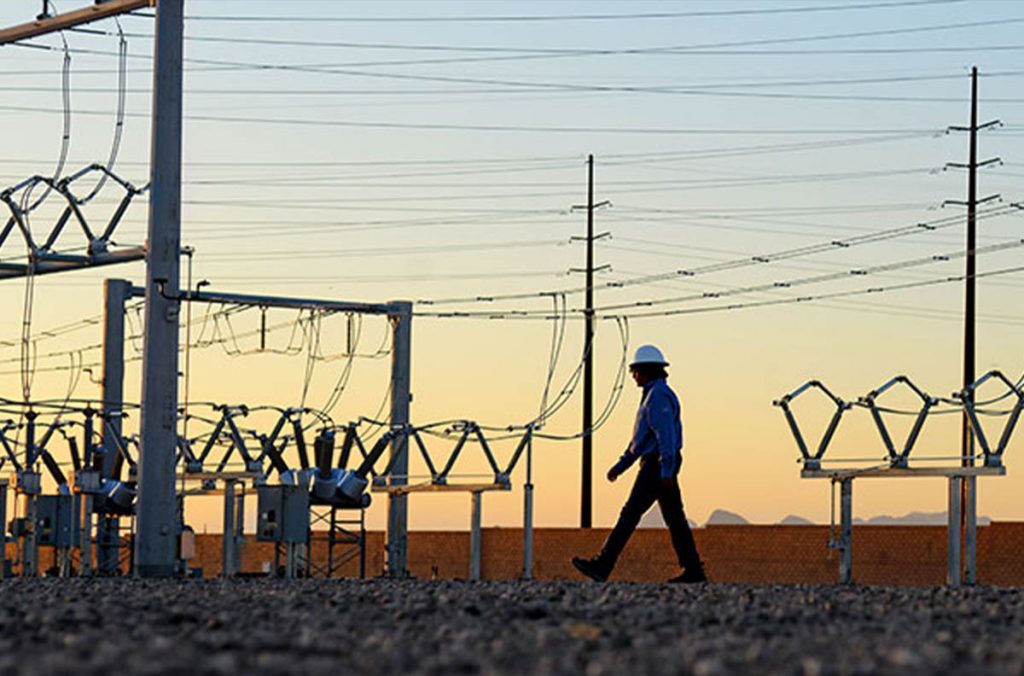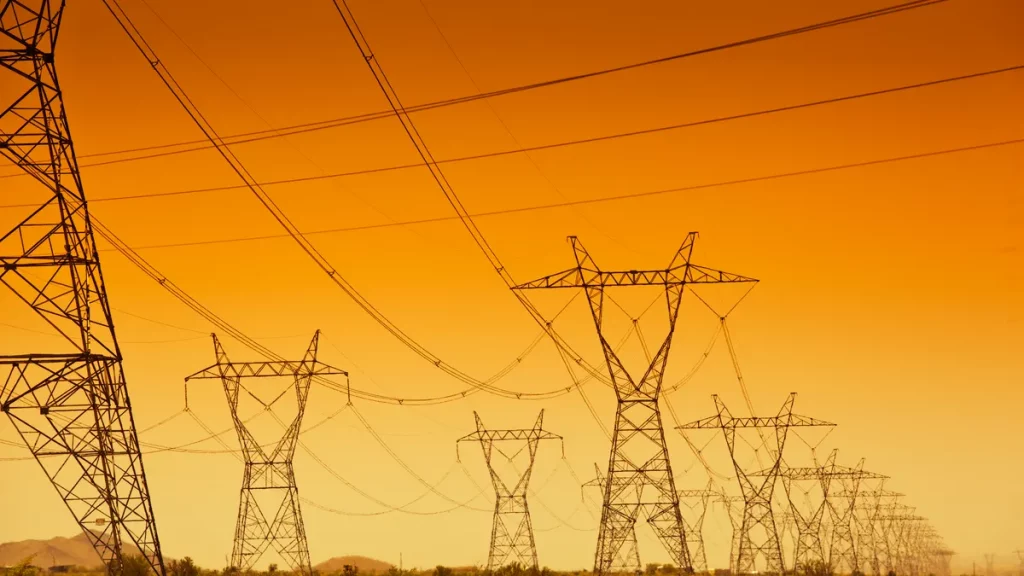As artificial intelligence continues its rapid ascent, the energy required to power its infrastructure is emerging as a major concern for utilities, policymakers, and energy analysts alike.
Recent estimates suggest that AI systems, especially large language models like those powering chatbots and advanced analytics tools consume vast amounts of electricity. For example, it’s believed that ChatGPT alone may use over 500,000 kilowatt-hours per day simply to answer user queries. Training larger models, such as GPT-3, has been shown to require as much electricity as 120 U.S. homes use in an entire year.

A New Kind of Energy Load
Unlike conventional computing tasks, AI requires intensive parallel processing across thousands of high-powered chips, usually in data centers designed specifically for machine learning workloads. These data centers, often clustered in areas with abundant land and fiber-optic connectivity, can consume dozens of megawatts each, enough to power small cities.
Northern Virginia, one of the world’s largest data center hubs, is projected to double its electricity consumption by 2040. Companies like Amazon, Google, and Microsoft are securing gigawatts of new capacity for AI-driven cloud services and infrastructure development.

Grid Capacity Under Pressure
This spike in electricity demand is arriving during a broader transformation of the U.S. energy grid. Utilities are under pressure to retire fossil fuel plants and transition to renewable sources such as wind and solar; technologies that, while cleaner, are also more intermittent and harder to dispatch on demand.
In some cases, demand from data centers is delaying or displacing other types of grid connections. Georgia utilities, for instance, have recently struggled to meet power needs for AI projects without postponing residential and industrial hookups.
The shift toward electrification, spanning electric vehicles, home heating, and now AI, is creating a supply-demand imbalance that energy planners did not fully anticipate.

Policy and Planning Implications
Energy policy at the federal level has largely focused on decarbonization and the expansion of renewables. However, experts argue that this approach may not fully account for the growing electricity needs of AI, which require stable, high-capacity, 24/7 power, something that wind and solar alone may not reliably provide.
The situation has prompted calls for a more balanced energy strategy that includes not only renewables but also dispatchable baseload resources, such as natural gas and advanced nuclear technologies.
Some analysts warn that unless energy planning adapts to the new demands of AI infrastructure, bottlenecks, blackouts, or price shocks could occur as electricity use surges in ways that are both intensive and geographically concentrated.


